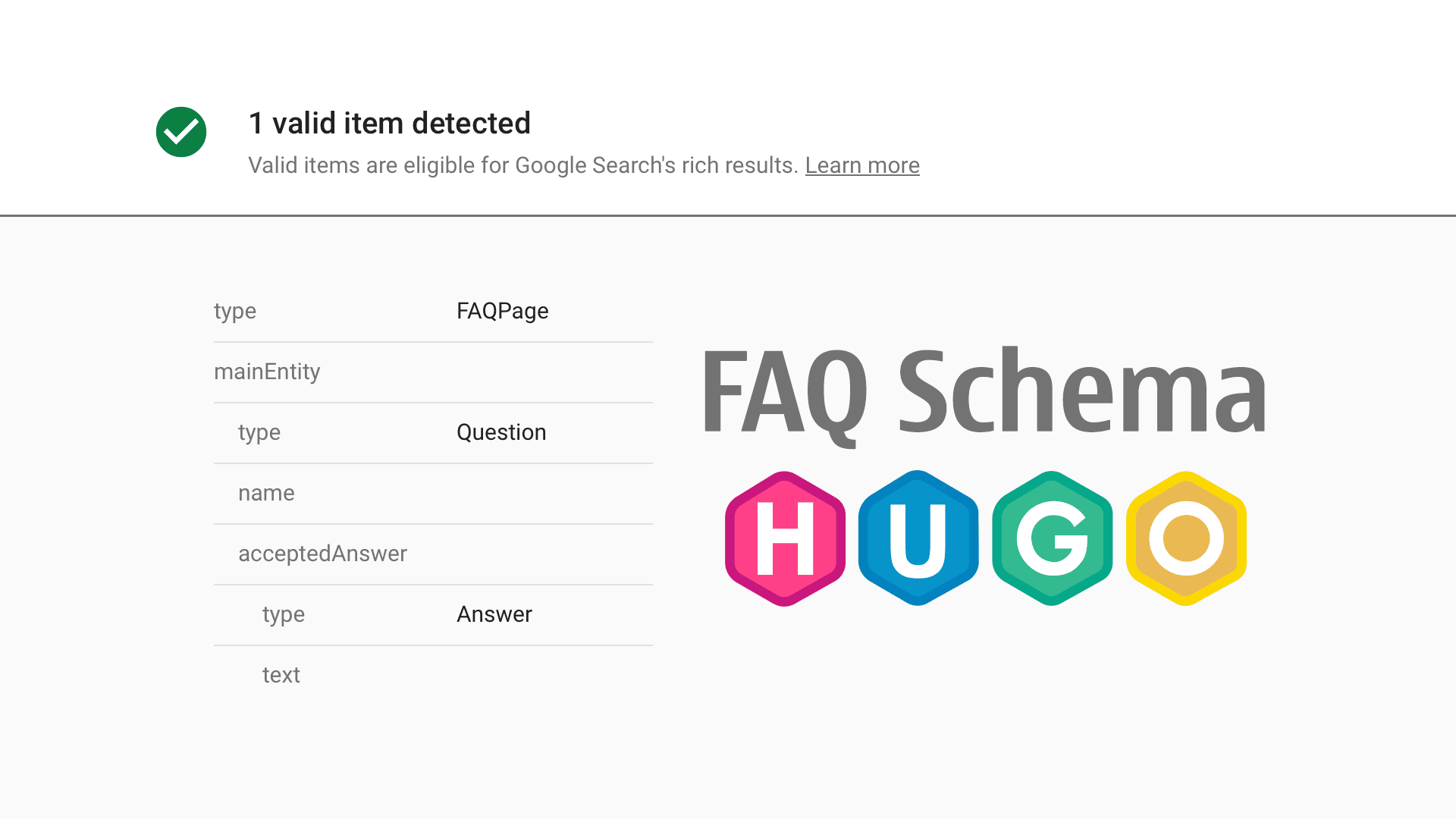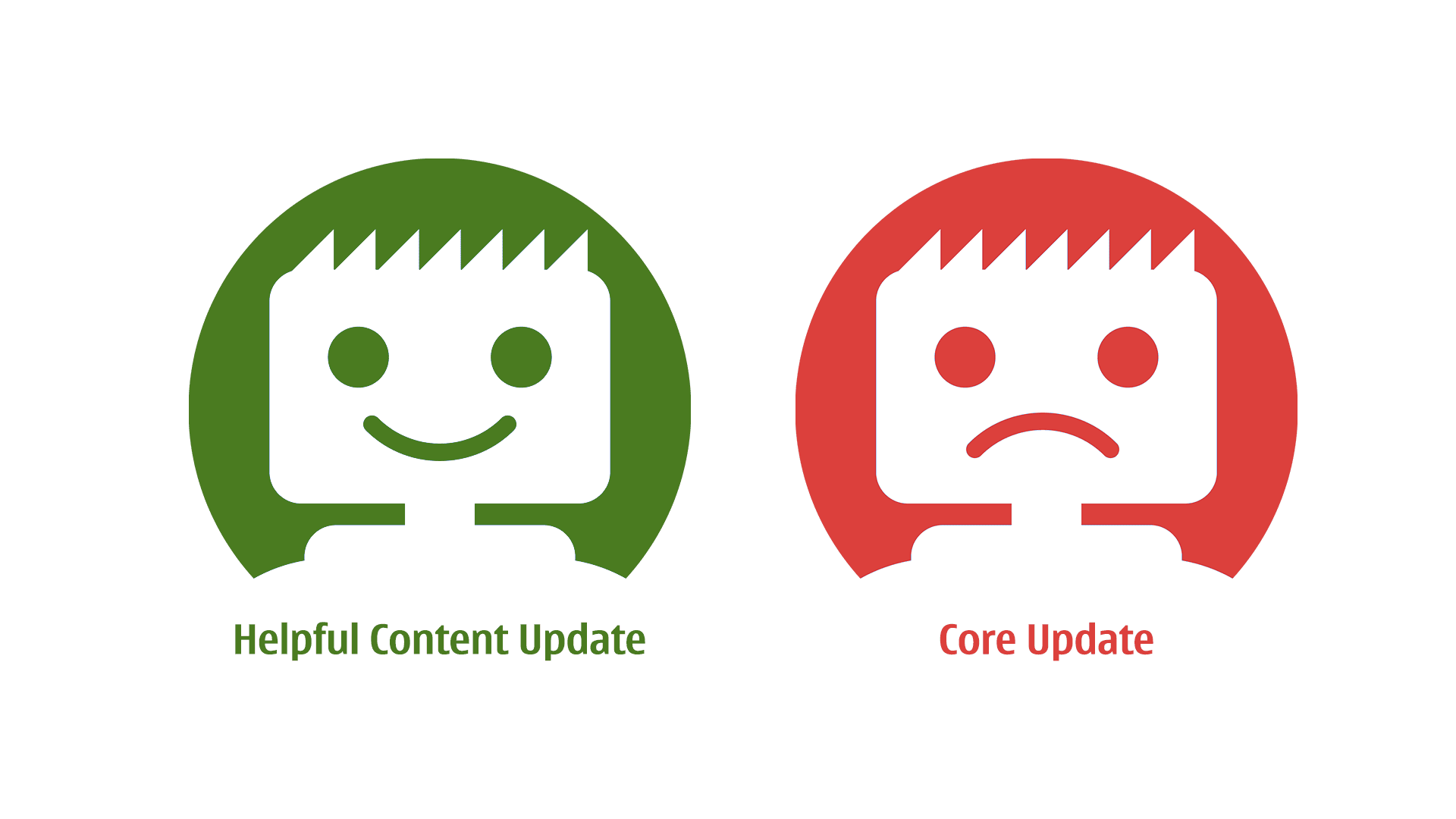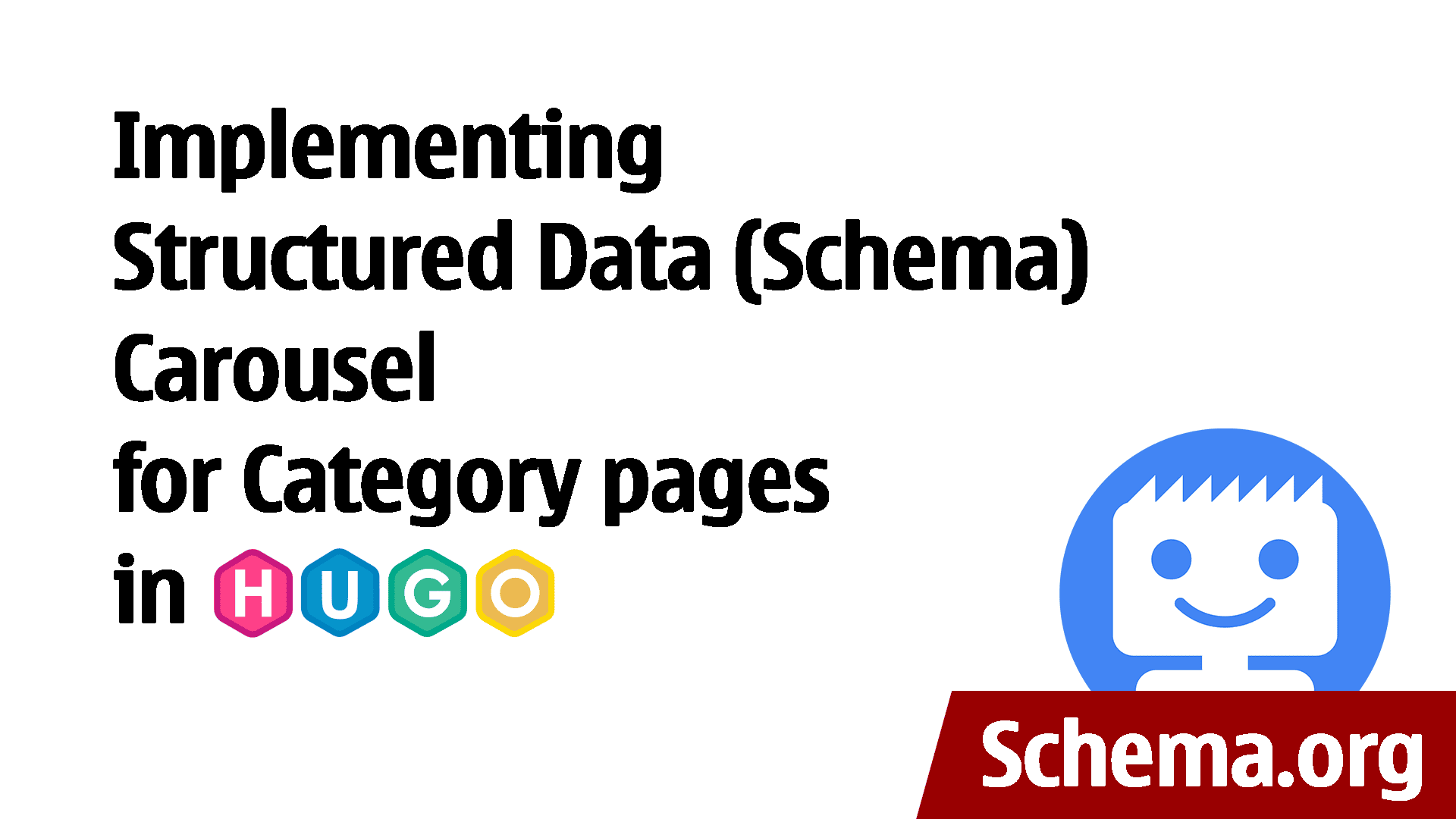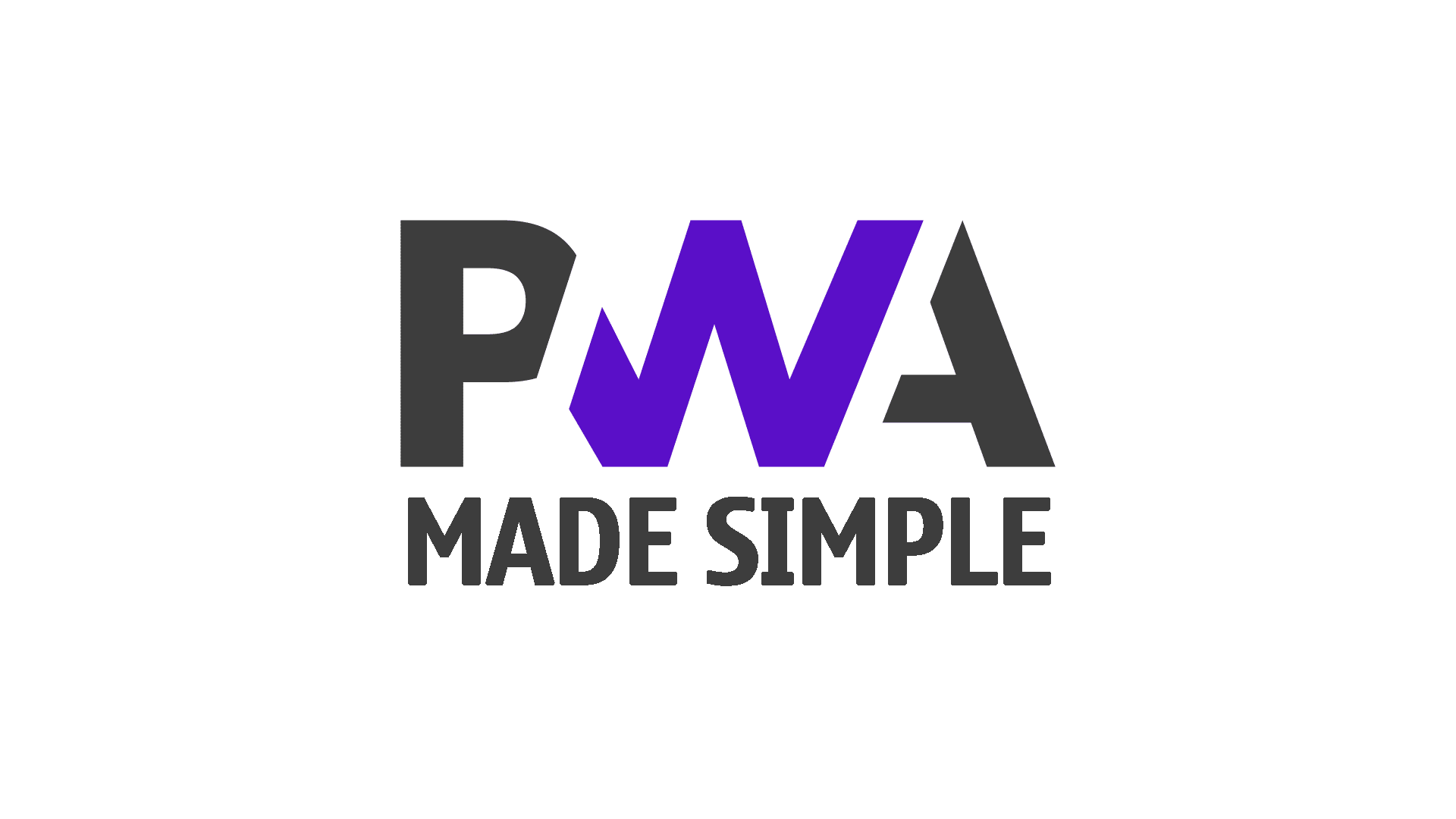
Sadly, on 25 April 2025, Google announced the following:
As of today, publishers can no longer add publications to the Publisher Centre. We are making this change as part of a transition to roll out automatically created publication pages later this year.
Publishers with manually created publication pages will continue to have access to customisation features until later this year, when pages will shift to being automatically created.
I am providing the following article for reference only.
Do you have a website or blog where you publish new things, either daily or from time to time?
Do you know that you can publish them in Google News?
Recently, when I read one of the articles on 9to5mac noticed, that after their post they got this neat feature.
An option to follow their site through Google News.
It gives them an additional way to get more visitors but also convinces them to stay connected with their content.
My first impression was… I want this as well on one of my websites, so I start exploring how to do that. When I did that, I have been surprised at how relatively easy it was without any extra work from myself. By utilising the website RSS Feed and going through initial configuration and approval (that took approximately 2-3 days) my first site was live and posts were updated when published.
This is another reason to say that RSS is not dead and it still matters.
Here is how I did that and how you can do it as well!









